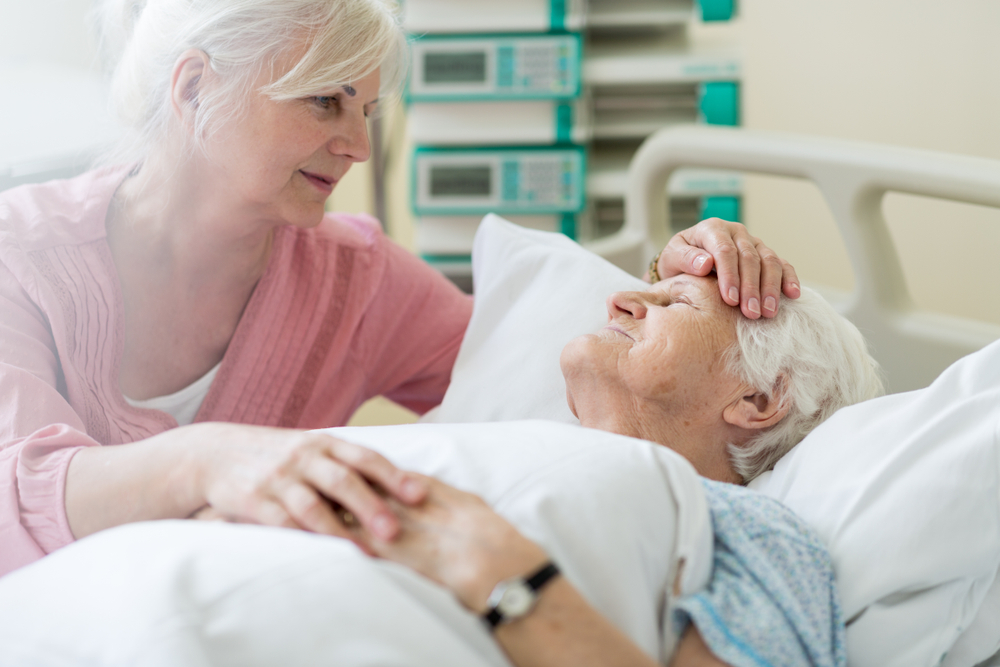Recognizing these changes can help you support your loved one with compassion and peace of mind.
Others are reading now
Recognizing these changes can help you support your loved one with compassion and peace of mind.
There are Signs
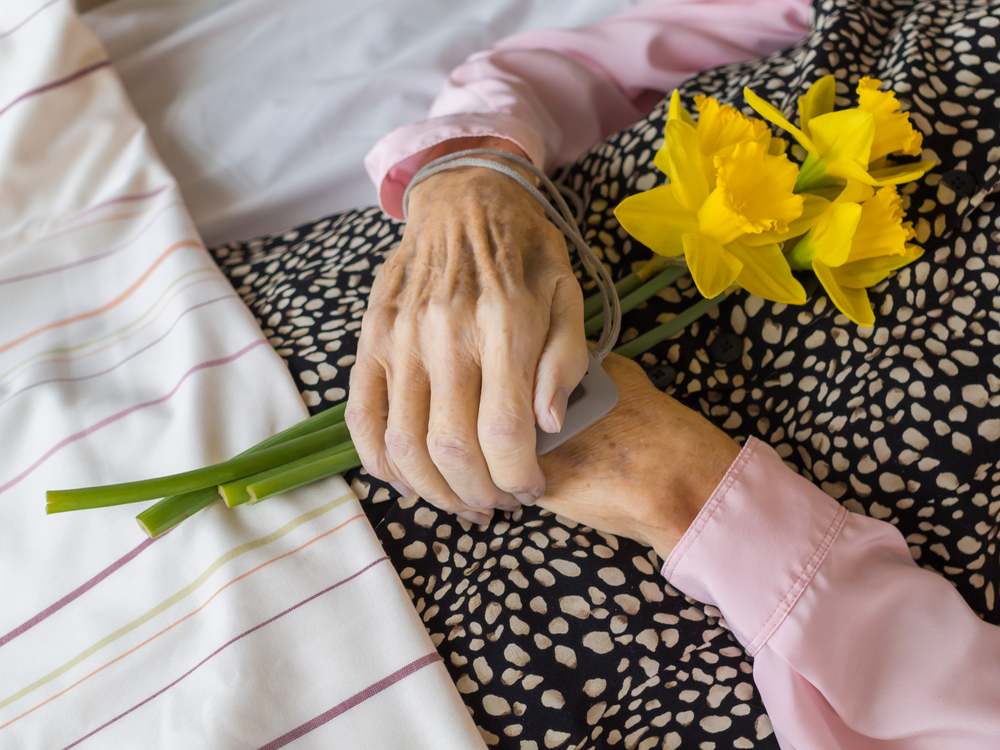
Watching someone approach the final stage of life is never easy, but knowing what to expect can bring comfort, clarity, and calm.
Medical experts and hospice workers say there are clear physical and emotional signs that often appear as death draws near.
1. Appetite Fades Away

As the body begins to shut down, its need for fuel diminishes.
Many people nearing the end of life eat and drink far less or stop entirely in the final days or weeks.
Also read
2. Sleeping Becomes Constant

Exhaustion takes over as energy wanes.
Your loved one may sleep for long periods and become less responsive. But their hearing often remains, so soft, loving words still matter.
3. Changing Bathroom Habits

Reduced intake of food and fluids alters bathroom patterns.
There may be less need to go, or a complete loss of bladder or bowel control. Professional support can help manage this with dignity.
4. Muscle Weakness Sets In
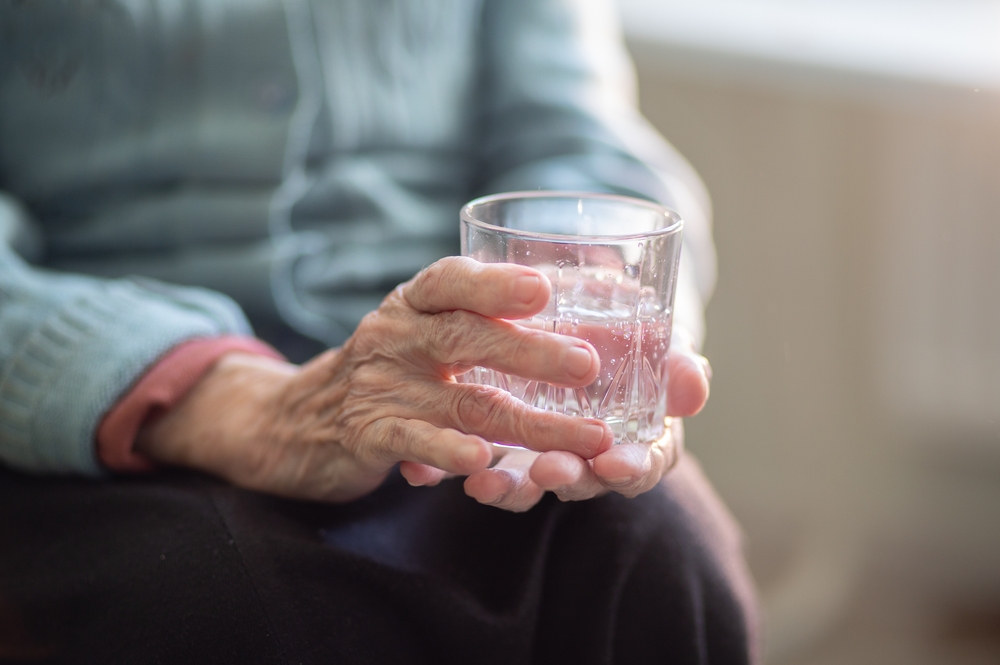
Even small movements become difficult.
Also read
Holding a cup, lifting a spoon, or turning in bed may require assistance as the body loses strength.
5. Vital Signs Start to Shift

Blood pressure may drop, the pulse becomes weak or irregular, and breathing patterns change.
These are key signs that the body is slowing its functions.
6. Cold Hands and Feet
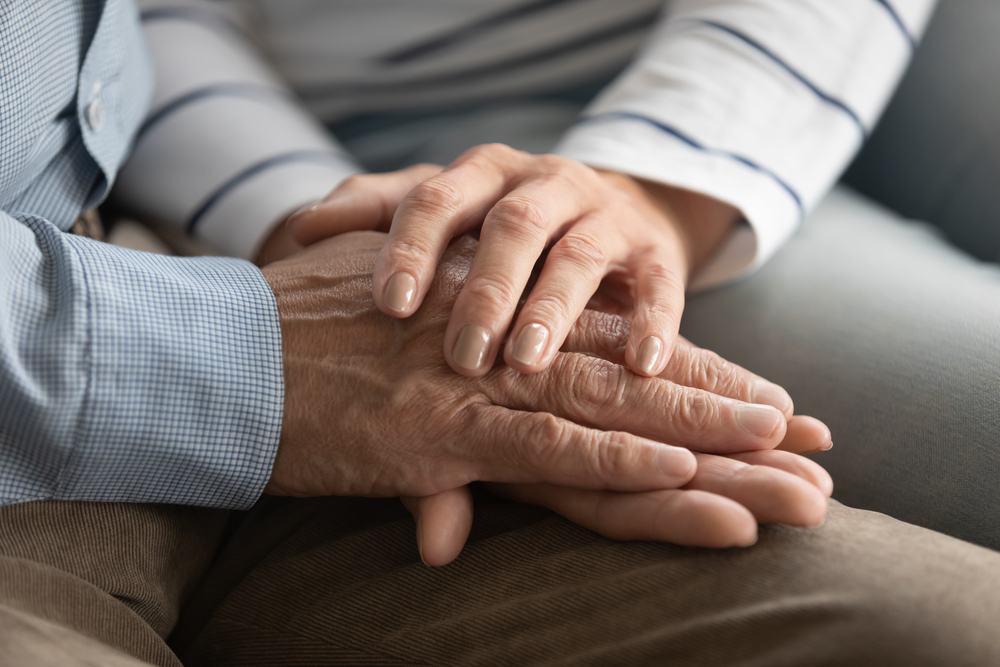
Circulation slows dramatically, making extremities feel cold to the touch.
Skin may appear bluish or mottled, especially on the hands and feet.
Also read
7. Breathing Changes in Final Hours

Raspy, irregular breathing, often described as the “death rattle”, can begin in the last hours.
Changing the person’s position might help ease it, though it’s not usually painful.
8. Pain Can Escalate

Pain may break through despite medication.
Look for signs of discomfort like grimacing or sudden tension, especially if speech is no longer possible.
9. Withdrawing from Loved Ones
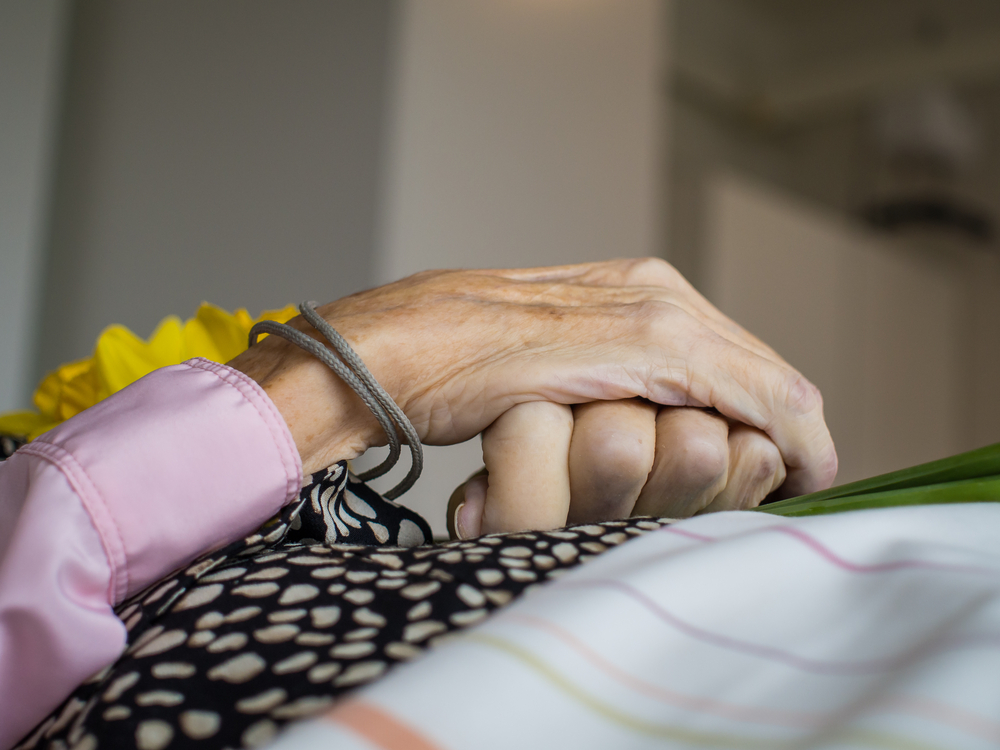
Social interaction often fades.
Also read
The person may stop engaging in conversation or avoid eye contact, not out of indifference, but because the mind and body are turning inward.
10. Mental Confusion or Disorientation

Many people nearing death become confused or restless.
Gentle reassurance and familiar surroundings can provide much-needed comfort and grounding.
11. Hallucinations or “Visions”
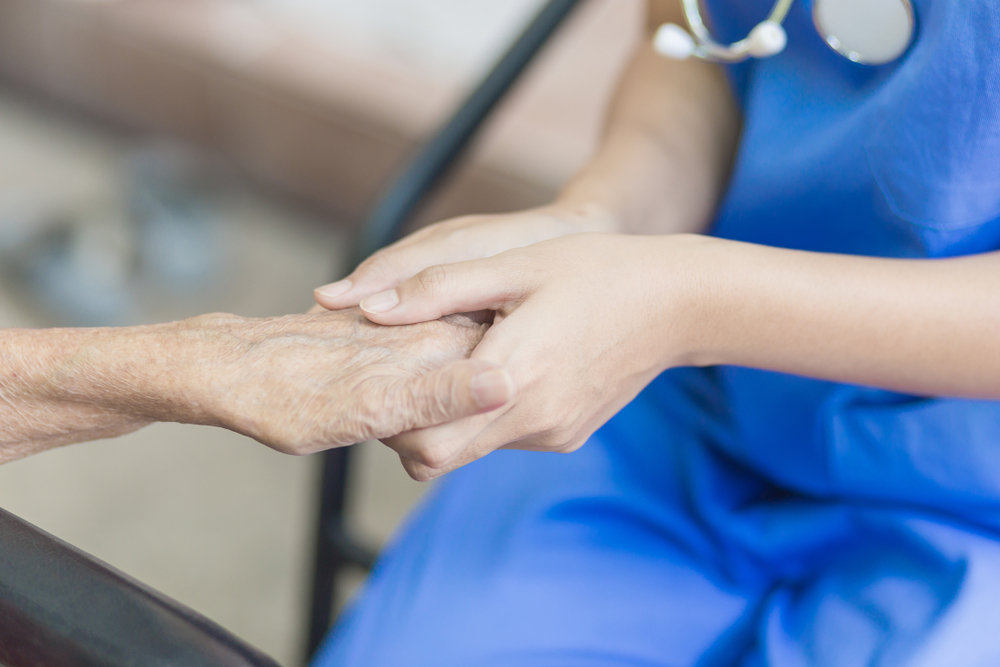
It’s common for the dying to report seeing deceased loved ones or speaking to invisible figures.
These visions are typically calming and are often seen as part of the natural process.

